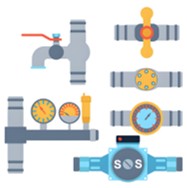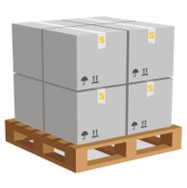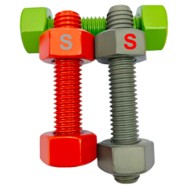
Interpreting fashion scales sometimes resembles solving a hidden riddle
- Detecting your shape metrics is step one toward precision
- Secure precise bust, waist and hip measurements for confidence
- Look up the producer's size map before selecting
Steer clear of relying just on marked sizes which may confuse Instead, align your body stats with the brand's table. Cultivating style depends on exploration and practice.
Exploring how size tables really work
Inconsistent fit systems lead to common buying confusion. Navigating fit tables often feels like working through a challenge, as manufacturers use distinct scaling schemes. Even so, smart techniques and care will untangle the measurement maze.
- Primary step: identify whether the brand follows US, EU, UK or Asian norms. Often these include US, UK, European and Asian formats.
- Subsequently, match the exact bust, waistline, hip and length data. Contrast the listed dimensions with your own stats.
- Ultimately, consult the brand guide for recommended adjustments. Seller guides may include pointers, exceptions and sizing hints.
Spotting the right fit while you shop online
The domain of garment numbers often causes bewilderment. Sizing tags are inconsistent so medium sizes may not match. Inconsistency comes from diverse sizing templates companies apply. Begin with accurate self gauging before consulting charts. Secure a tailor's tape to measure chest, waist and hip values. Shun exclusive dependence on a habitual size label. Within one label, styles may alter how a size performs. Honing in on ideal fit calls for tests across sizes and shapes.

Choosing between ready sizes and made-to-order fit
For products such as furniture you face a standard or custom choice. Pros and cons exist for both standard and custom paths. Regular sizes deliver convenience and frequently lower cost. Made-to-order dimensions accommodate unique spatial constraints
- Consider requirements and cost when selecting size approach
- Capture correct measurements for the area or garment fit
- Investigate manufacturers and available choices ahead of time
Ultimately the suitable measurement varies with your circumstances.
Conquering the art of converting sizes worldwide
Adapting to different national and label sizing can be complex. Fortunately there are practical tools to help. Commence by noting the usual clothing and shoe measurement methods. Employ conversion guides to compare across size schemes. Remember that figure and proportions affect how garments sit. Scan buyer feedback and fit notes for practical sizing insight.
Simplifying size charts for confident buying
Dealing with apparel charts commonly confuses people. Labels usually rely on individualized sizing methods, even so, simple tactics below will help you navigate sizing.
- Primary action: take accurate measurements with a fabric tape
- Next, align your measurements with the brand's size table
- Take into account build because frame affects style fit
Finally, sampling clothing in person assures the truest fit feedback.
A full-scale handbook to men’s and women’s size charts
Online buying amplifies sizing uncertainty for many customers. To help, we offer a complete guide to standard men's and women's charts. Whether buying pants, blouses or dresses these rules guide you.
- Primarily, be aware sizing shifts between labels and territories
- Also record waist, hip, bust and shoulder metrics with precision
- If unsure, consider selecting the next larger size
Applying these steps equips you to handle sizing charts confidently. Enjoy selecting the perfect fit!

Decoding kids' clothing sizes for parents
Figuring out correct kids' sizes can be a demanding task. Kids' fast development means you must re-measure frequently. Rely on the label's measurements instead of suggested ages. Capture measurements for chest, waist and height to ensure fitTaking bust, waist and hip measurements correctly
Accurate body measurements are essential for flattering fits. Employ a tailor's tape with a helper to capture exact numbers. Stand straight with feet shoulder-width apart and relax shoulders
A clear look at size ranges including XS to XXL
The fashion industry's size landscape is often fragmented. Across brands inconsistency in sizing frequently occurs. Studying the range spectrum illuminates the sizing puzzle. Together we'll unpack the real implications of size labels!
Encouraging celebration of body diversity

Size inclusion is about valuing every body and its differences. This asks us to push back against one-size-fits-all beauty ideals. Together we can encourage inclusion and body positivity everywhere.
- Select habits that promote acceptance and healthy self-view Make a Size habit of embracing body positivity in everyday life Adopt routines that strengthen body confidence and care Prefer actions that cultivate self-acceptance and respect
- Always recall that beauty is present in multiple body types
- Interrogate content that upholds unrealistic body expectations
- Opt for daily practices that reinforce body love
